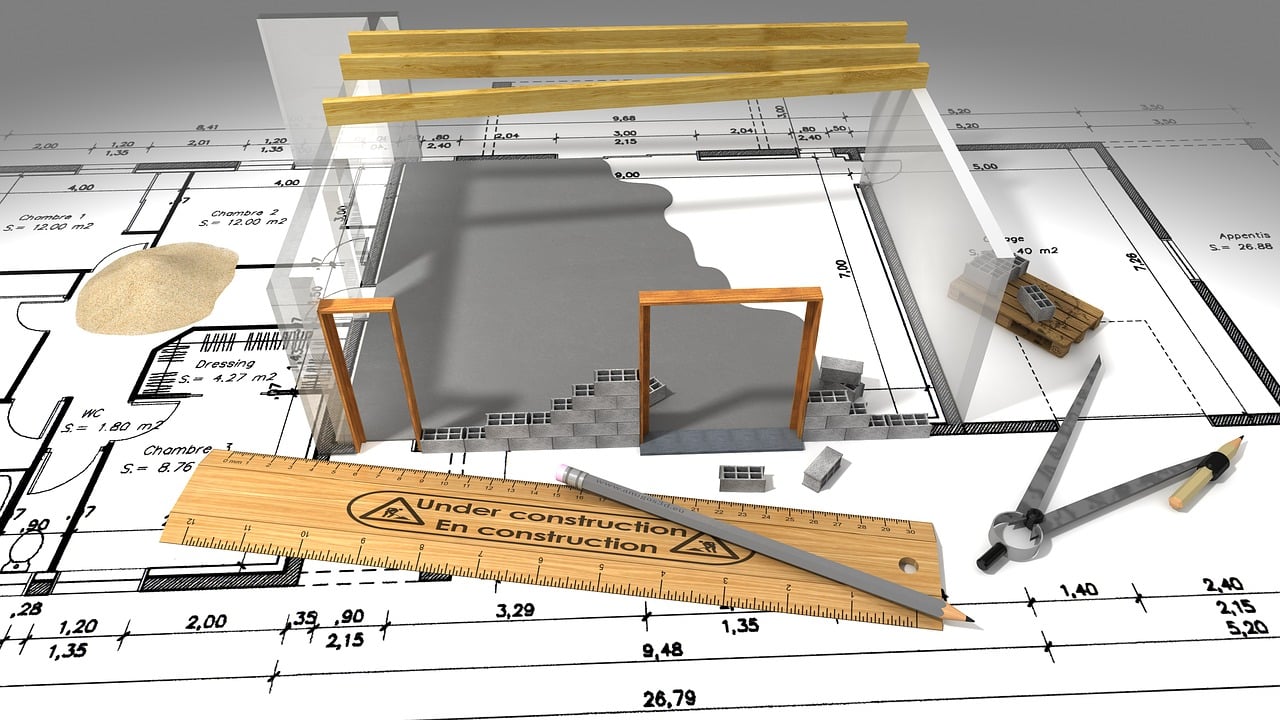-
Table of Contents
- Beyond the Blueprint: The Architect’s Creative Journey
- The Intersection of Art and Science
- Case Study: The Sydney Opera House
- Inspiration and Ideation
- Example: Frank Lloyd Wright’s Fallingwater
- Collaboration and Communication
- Case Study: The Guggenheim Museum Bilbao
- Innovation and Technology
- Example: Zaha Hadid’s Heydar Aliyev Center
- Sustainability and Ethics
- Case Study: The Bullitt Center
- The Role of Cultural Context
- Example: The Louvre Abu Dhabi
- Challenges and Resilience
- Case Study: The Sagrada Família
- Conclusion
Beyond the Blueprint: The Architect Creative Journey
Architecture is often perceived as a field dominated by technical precision and rigid guidelines. Yet, behind every iconic structure lies a creative journey that transcends mere blueprints. This article explores the multifaceted process that architects undergo, highlighting the blend of creativity, innovation, and technical expertise that defines their work.
The Intersection of Art and Science
Architecture stands at the crossroads of art and science. While structural integrity and functionality are paramount, the aesthetic appeal and emotional impact of a building are equally significant. This duality requires architects to balance creativity with practicality, ensuring that their designs are both beautiful and feasible.
Case Study: The Sydney Opera House
The Sydney Opera House, designed by Danish architect Jørn Utzon, exemplifies this balance. Its iconic sail-like design is a marvel of engineering and a symbol of artistic expression. The project faced numerous challenges, including budget overruns and technical difficulties, but the end result is a testament to the power of creative vision.
Inspiration and Ideation
The creative journey of an architect begins with inspiration. This can come from various sources, such as nature, history, culture, or personal experiences. The ideation phase involves brainstorming and sketching, allowing architects to explore different concepts and possibilities.
Example: Frank Lloyd Wright’s Fallingwater
Frank Lloyd Wright’s Fallingwater is a prime example of nature-inspired architecture. Built over a waterfall, the house seamlessly integrates with its surroundings, creating a harmonious relationship between the built environment and the natural world. Wright’s innovative use of cantilevered structures and natural materials showcases his ability to draw inspiration from nature and translate it into a functional design.
Collaboration and Communication
Architecture is inherently collaborative. Architects work closely with clients, engineers, contractors, and other stakeholders to bring their vision to life. Effective communication is key to ensuring that everyone involved understands the project’s goals and requirements.
- Client meetings to discuss needs and preferences
- Coordination with engineers for structural integrity
- Consultation with contractors for feasibility and cost estimation
Case Study: The Guggenheim Museum Bilbao
The Guggenheim Museum Bilbao, designed by Frank Gehry, is a result of extensive collaboration. Gehry worked with a team of engineers and fabricators to create the museum’s distinctive titanium-clad curves. The project revitalized the city of Bilbao, demonstrating the transformative power of collaborative architecture.
Innovation and Technology
Advancements in technology have revolutionized the field of architecture. From computer-aided design (CAD) software to 3D printing, these tools enable architects to push the boundaries of what is possible.
Example: Zaha Hadid’s Heydar Aliyev Center
Zaha Hadid’s Heydar Aliyev Center in Baku, Azerbaijan, showcases the potential of modern technology in architecture. The building’s fluid, wave-like form was made possible through advanced modeling software and innovative construction techniques. Hadid’s use of parametric design allowed for unprecedented precision and creativity.
Sustainability and Ethics
In recent years, sustainability has become a central concern in architecture. Architects are increasingly focused on creating environmentally friendly designs that minimize resource consumption and reduce carbon footprints.
- Use of renewable materials
- Energy-efficient building systems
- Incorporation of green spaces
Case Study: The Bullitt Center
The Bullitt Center in Seattle is often referred to as the greenest commercial building in the world. Designed by the Miller Hull Partnership, the building features solar panels, rainwater harvesting, and composting toilets. It serves as a model for sustainable architecture, demonstrating that eco-friendly design can be both practical and aesthetically pleasing.
The Role of Cultural Context
Architecture is deeply influenced by cultural context. Architects must consider the social, historical, and cultural factors that shape the environment in which they are building. This sensitivity to context ensures that their designs are relevant and respectful.
Example: The Louvre Abu Dhabi
The Louvre Abu Dhabi, designed by Jean Nouvel, reflects the cultural heritage of the United Arab Emirates. The museum’s dome, inspired by traditional Islamic architecture, creates a “rain of light” effect that enhances the visitor experience. Nouvel’s design respects the local culture while providing a modern space for art and education.
Challenges and Resilience
The path to creating iconic architecture is fraught with challenges. Architects must navigate budget constraints, regulatory hurdles, and unforeseen obstacles. Resilience and adaptability are crucial traits that enable them to overcome these challenges and achieve their vision.
Case Study: The Sagrada Família
The Sagrada Família in Barcelona, designed by Antoni Gaudí, is a testament to resilience in architecture. Construction began in 1882 and continues to this day, with numerous architects contributing to Gaudí’s original vision. Despite the long timeline and various challenges, the basilica remains one of the most iconic structures in the world.
Conclusion
The journey of an architect extends far beyond the blueprint. It is a dynamic process that involves creativity, collaboration, innovation, and resilience. By balancing artistic vision with technical expertise, architects create spaces that inspire, uplift, and transform. The examples and case studies discussed in this article highlight the diverse and multifaceted nature of architectural practice, offering valuable insights into the creative journey that defines this remarkable field.
